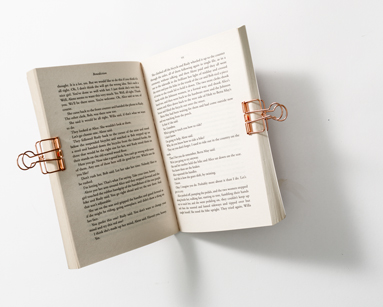Fiction & Non Fiction Books

Fiction books
Fiction books in the form of prose, are usually straightforward in their interior as they only contain text and little to no imagery. Fiction books include Novels, Novellas, Poems and Short stories. They aren’t usually printed in colour as they are mass produced and this keeps the cost down. The colour and graphic detail is usually in the cover. As with any book, the design and physical attributes of a fiction book can vary drastically so you still have many aesthetic and practical options to choose from if you’re considering printing a fiction book.
Printing & Binding
A fiction book is often printed in either one of two forms, paperback and hardback or both. With more popular authors or books such as Harry Potter, the first release will be printed in hardback, with a second release of paperback published subsequently. Books such as new releases from new authors may be printed only in paperback, as it is cheaper, on its first released, then if successful and there is the demand, printed in hardback on a second or third release. Depending on the size of the print run, these can be digital or offset printed.

Paperback
A paperback book is perfect bound with a paper or card cover, hence the name. Since there is usually little to no imagery, the text can be printed on inexpensive light paper, to accommodate the large number of pages and the large print runs. The inner pages are printed in black and white to bring the cost down further.

Hardback
A hardback book is case bound with a hard cover. This can be directly printed on or have a printed dust jacket covering a hard cover. The interior pages are usually a higher quality than that of a paperback and can contain special features such as colour printed inserts.

Special Editions
Special edition covers and publications can be found for re-releases of classic literature from authors such as Shakespeare or Jane Austen, as well as for anthologies of poems or short stories. Re-releases of classic literature may be re-branded such as the ‘Penguin Classics’, or printed in specially illustrated covers for limited edition print runs.
Children’s Books

Sizes
Non Fiction Books
Non Fiction describes the content of a book or publication that is purely factual, or that it’s author believes to be so. The topics and subjects of non fiction books stretch far and wide. Think text books, recipe books, DIY books, dictionaries, reference books, self help books, and so on, but also user manuals, sheet music books, adult colouring books and dissertations to name just a few.
Printing & Binding
As there are so many different types of non-fiction books, no two look the same. They are fully printed books, and as opposed to fictional books, usually containing a mixture of text and images. Commonly non fiction books are perfect bound, though lighter non fiction publications such as newspapers and essays may be staple bound, singer sewn or ring bound.

Information Books
A textbook that you might find in a school or use for research and learning in an educational setting or from home. They are informative in structure, relating specifically to an exam or topic and laid in chapters or elements that can be referred to via the index. These are usually perfect bound with a matte paper as the text is of most importance, however depending on the topic, there may be a specific need for a gloss paper.

Instruction Books
Instruction books are the types that tell you how to do something, be it self help, recipe books, DIY, travel guides etc. These are usually more flamboyant than basic information text books, including high quality photography and full colour printing and a mixture of paper stock and finishes.

Language & Reference Books
These books are the a cross between instruction and information. The main examples are Dictionaries and Thesauruses’, of all languages. They are purposed for consultation of specific matters and are not usually read from cover to cover or in a chronological order. They usually use a very light paper weight to lower cost as it contains a large volume of content and are mass produced. They are usually perfect bound, black and white or one/two colour printed.
Sizes




